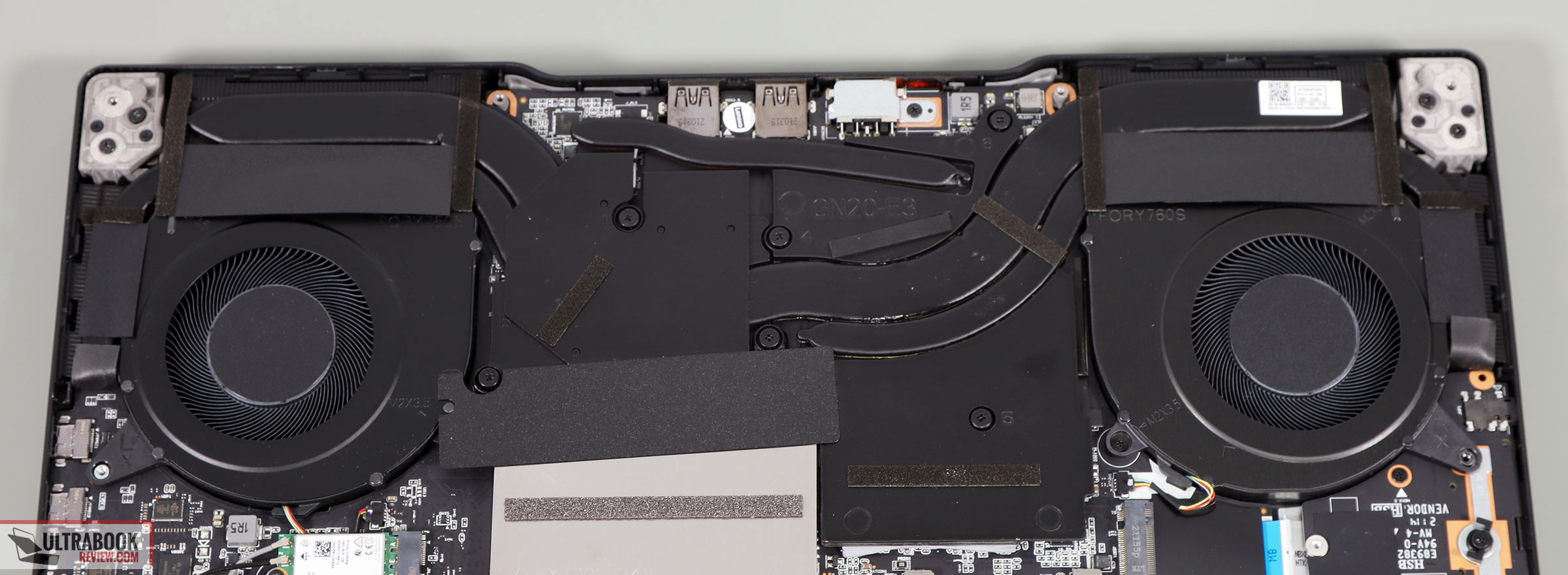



Rather than looking for the physical volume button on your actual speakers, you can increase Windows’ default volume: to bring up the sound mixer, right-click on Speaker icon in the Notification Area (bottom-right of your screen), and then click on Open Volume Mixer. The obvious way to make your computer more audible is to increase its volume. Fortunately, it's easy to adjust the sounds on your Windows computer. Or you're so engrossed in loud music that you missed the doorbell. You know the feeling: you're listening to music or watching a video and suddenly an email alert sounds loudly and drowns out the thing you actually want to hear. Computer too loud - or too quiet? Here's how to tweak your settings


 0 kommentar(er)
0 kommentar(er)
